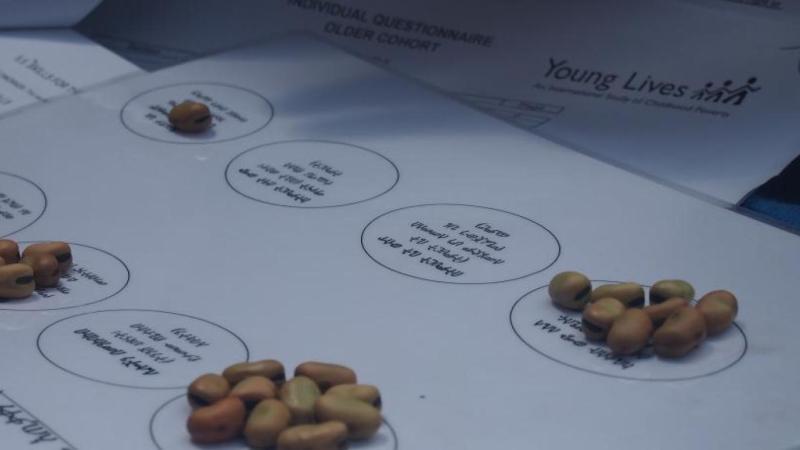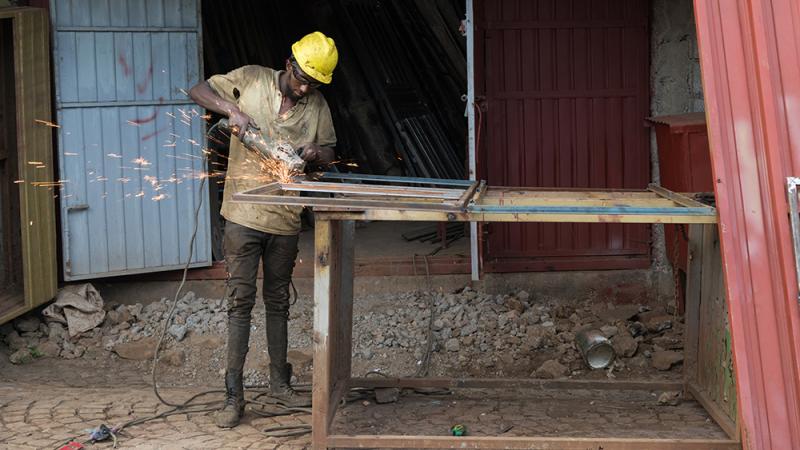Breadcrumb
In Ethiopia, we've built a comprehensive picture of the lives of 3,000 children living in 20 sites across Addis Ababa and the other five major regions in Ethiopia – Amhara, Oromia, the Southern Nations, Nationalities and Peoples Region (SNNPR), Sidama, and Tigray.
The children being tracked by Young Lives are from two age groups (or cohorts): 2,000 children born in 2001-02 and 1,000 children born in 1994-95. These two groups provide insight into every phase of childhood and into adulthood when many will become parents themselves.
Our approach
Our innovative approach to poverty research is enabling us to collect a wealth of information not only about children's and young people's material and social circumstances, but also their perspectives on their lives and aspirations for their futures, set against the social and environmental realities of their communities.
Through our pro-poor sample we are building up a comprehensive picture of what poverty means for children and young people in Ethiopia today. We are interested in their subjective experience and views about their lives as well as more standard poverty measures.
We work with policymakers to provide the evidence they need to design effective poverty reduction policies.
Linked with our commitment to communications and policy engagement, we are using our research results to influence the development of thinking, policy and practice on child and youth poverty and to improve lives.
“The Young Lives research provides a unique window to understand the lives of boys and girls as they grow up and transition to adulthood in different rural and urban settings in six regions of Ethiopia. Our longitudinal evidence enables us to engage in policy dialogue about the best ways to address childhood and youth poverty and inequality”
“The Young Lives research provides a unique window to understand the lives of boys and girls as they grow up and transition to adulthood in different rural and urban settings in six regions of Ethiopia. Our longitudinal evidence enables us to engage in policy dialogue about the best ways to address childhood and youth poverty and inequality”
Young Lives Ethiopia: how our research supports ambitious policies for children



